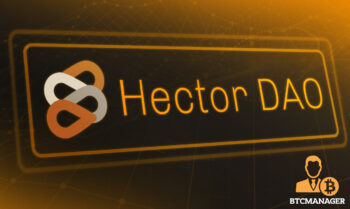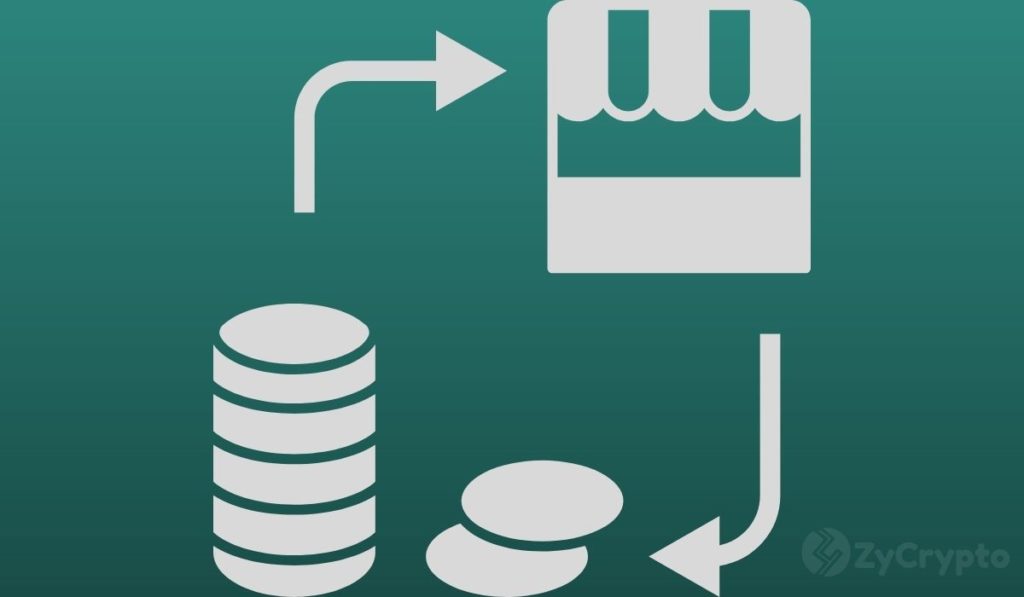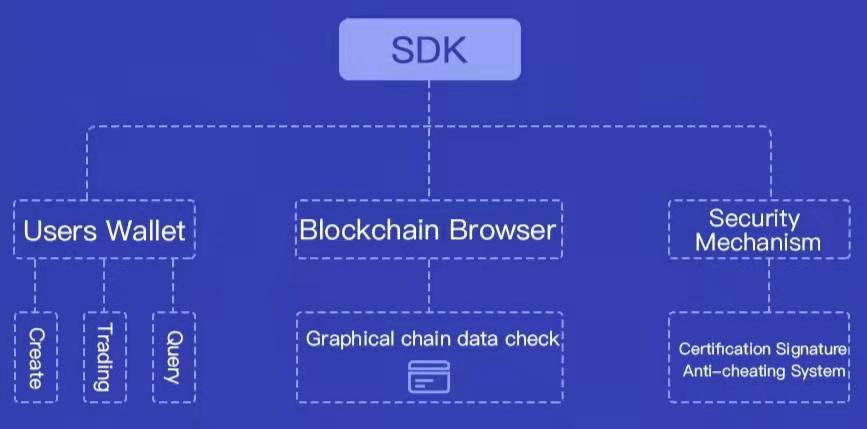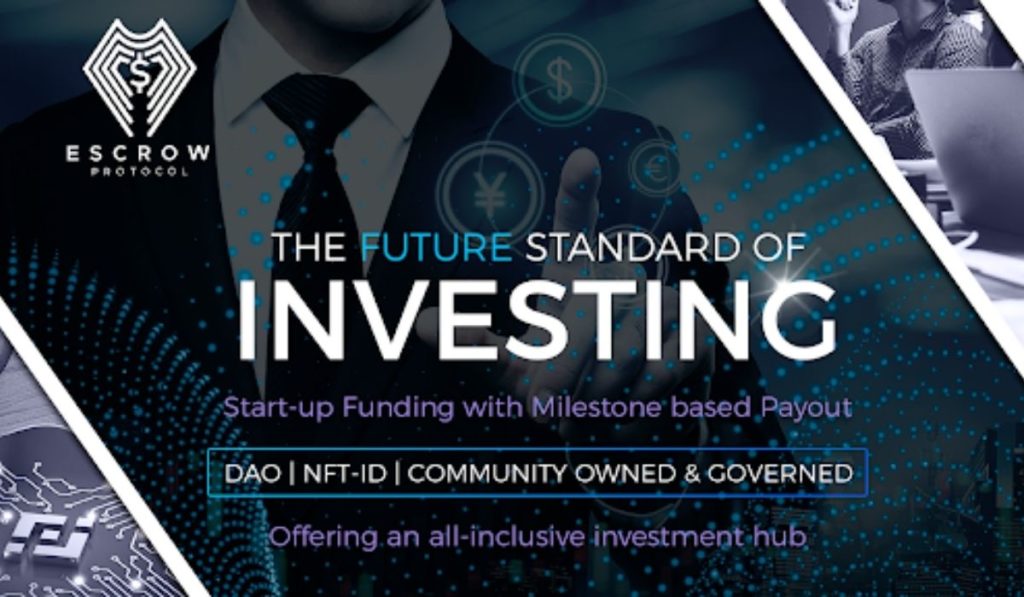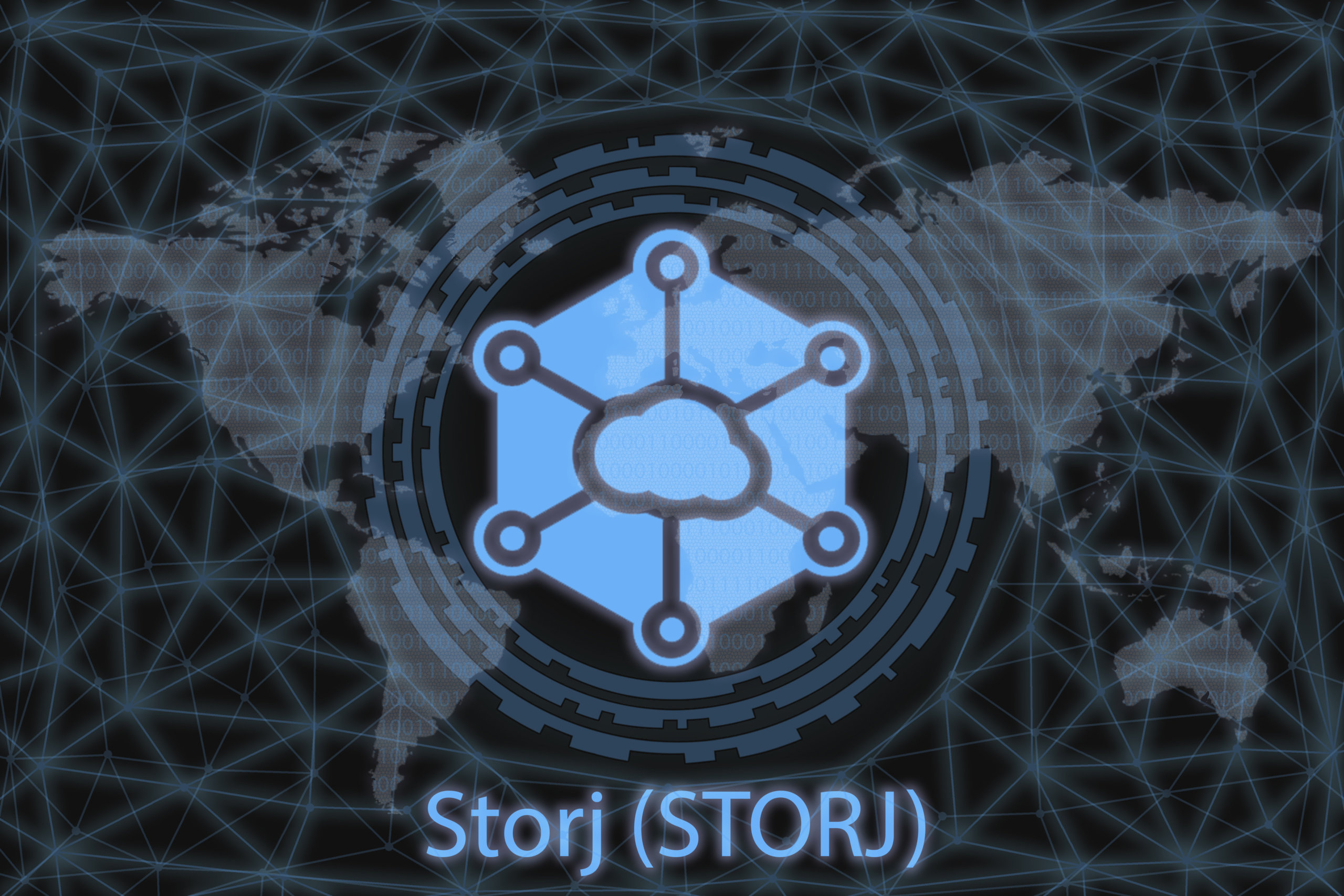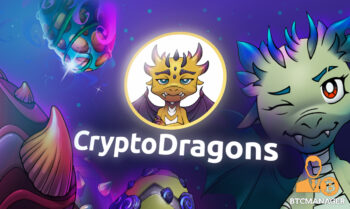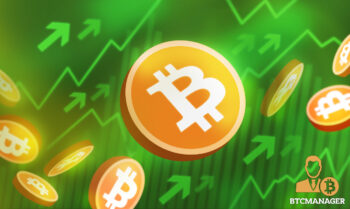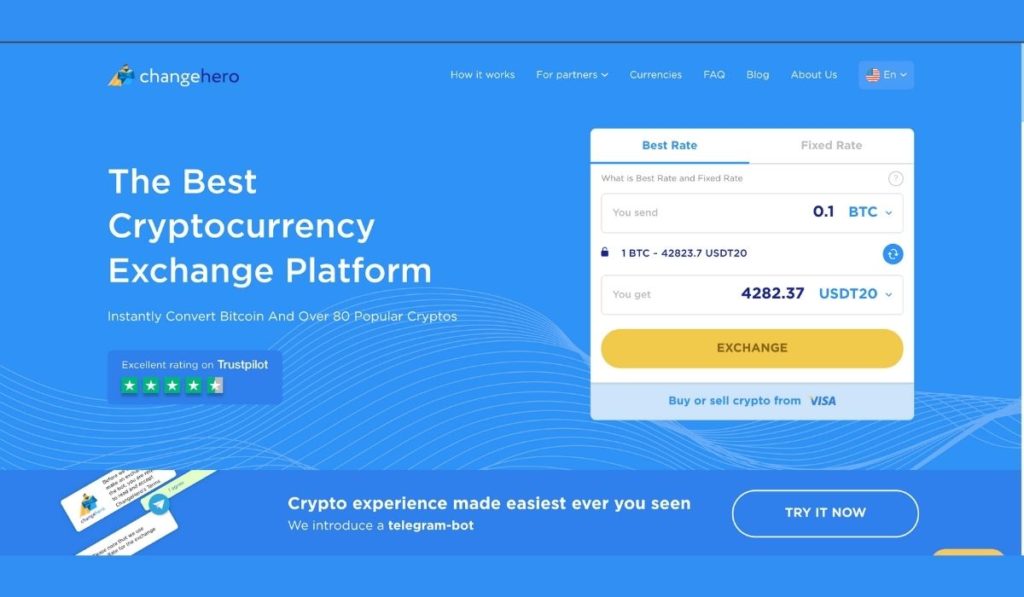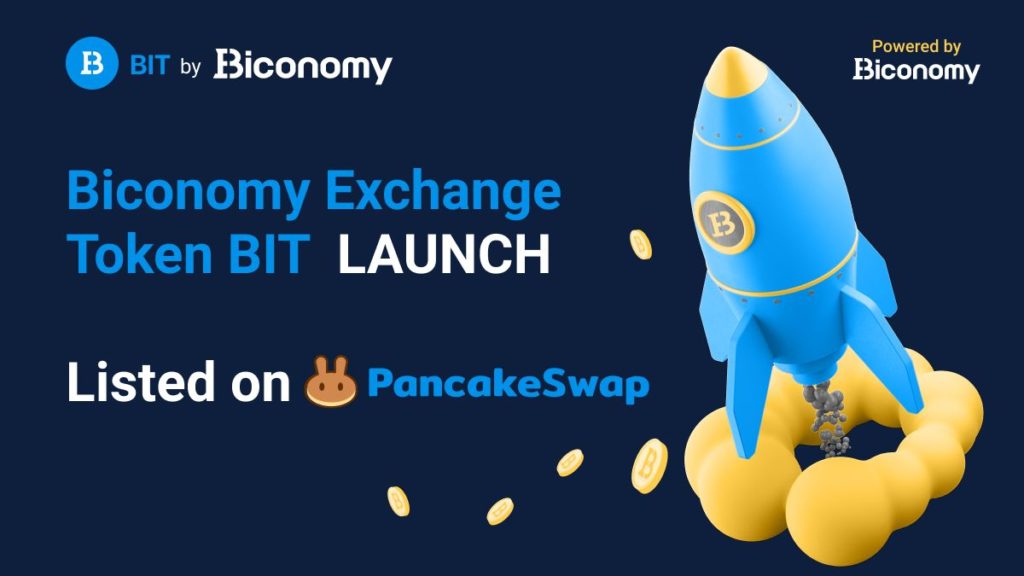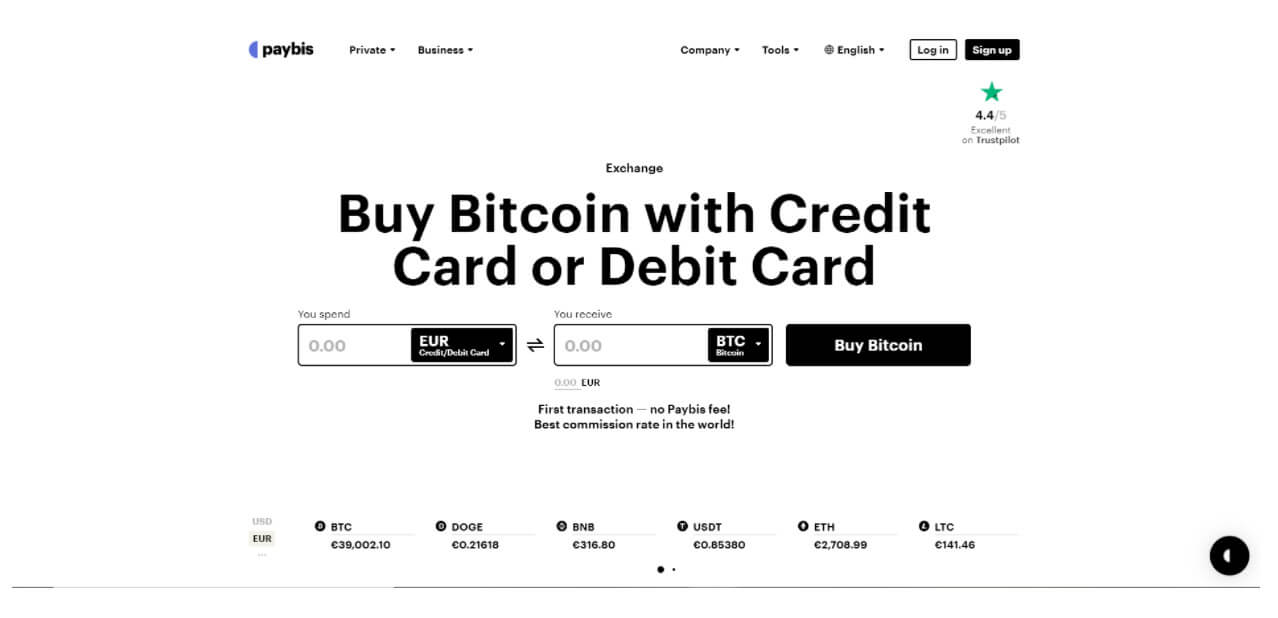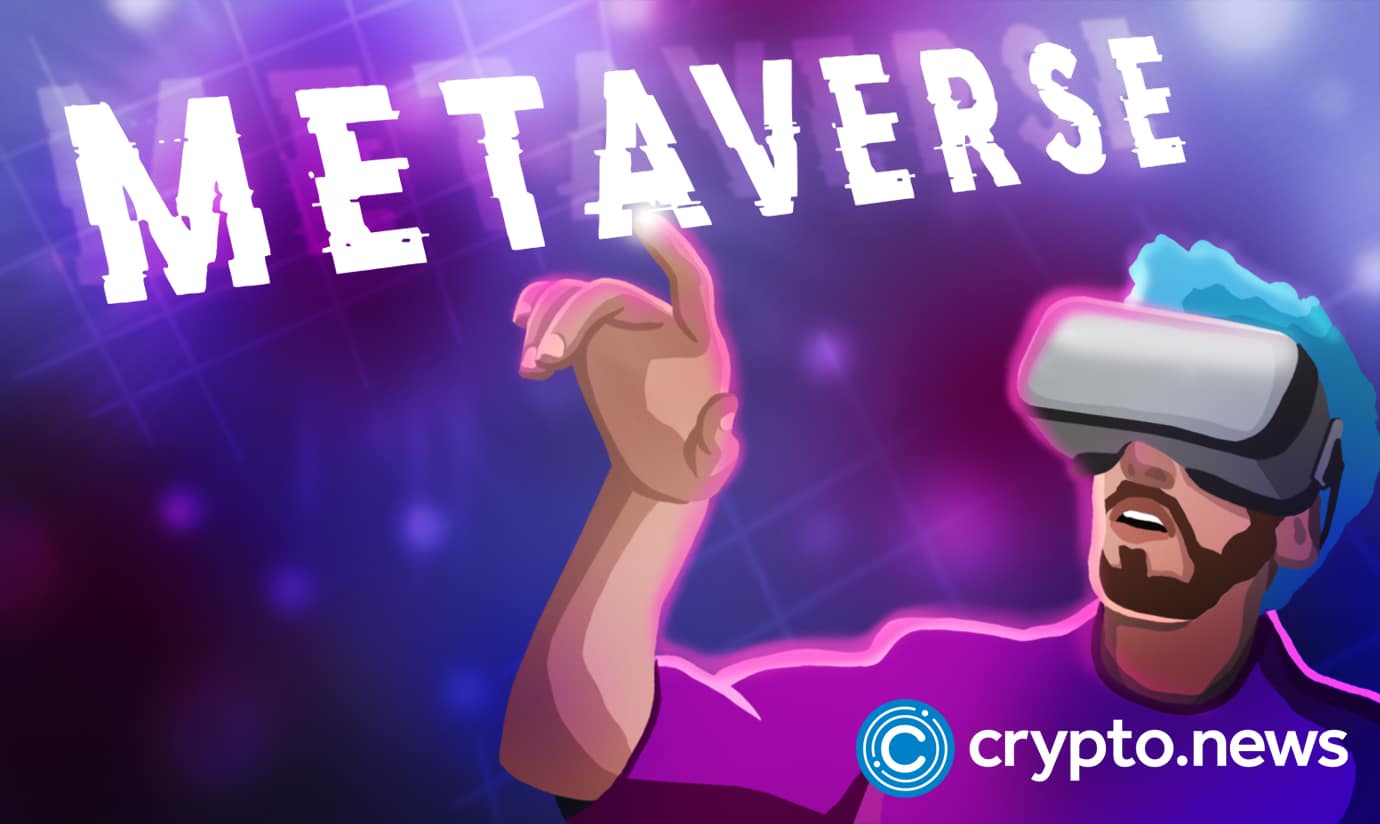2021-12-4 18:00 |
The travel industry is rife with intermediaries and centralized promotional efforts. However, the crypto and blockchain space offers decentralized solutions which allow for new interactions between people and places.
As global systems revolutionize via emerging decentralized technologies, no sector is off-limits. The world of traditional finance has been shaken by the adoption of cryptocurrencies and blockchain ecosystems.
However, not every industry crypto touches are as quick to integrate. Crypto and blockchain developments in the travel and tourism industry are still developing. Traditional tourism operations remain plagued with go-betweens and limited rewards, often only available to exclusive travelers.
Crypto-friendly destinationsIn late September of this year, the tourism board in Thailand announced their consideration of a tourism-prompted crypto-token, TAT.
Additionally, this “crypotourism” was going to be encouraged via bitcoin debit cards available at airports for crypto-nomads for in-country use. However, as exciting as they sound, these initiatives remain an idea, as is the government’s TAT coin.
The Thai government’s efforts come as the travel industry continues to reemerge from the catastrophic losses due to the pandemic. Post-COVID, travel may follow suit with many other global industries which have been rapidly adopting crypto and blockchain solutions.
However, there are already countries that are particularly appealing to crypto travelers. Places such as Malta, Switzerland, Portugal, and El Salvador are accessible destinations for those traveling with crypto due to their increased adoption.
DeFi solutions and travel DAOsAnother example is Romania. A team of developers and tourism insiders decided to troubleshoot touristic promotion through decentralization.
Sabin Stanescu, the CVO, and co-founder of @Romania and the Stramosi cultural and tourism NFT initiative, plan to transform Romania using blockchain and their tourism-related DAO.
Sabin and his team noticed a lack of presence and representation of Romania on social platforms. As such, they over the @Romania Instagram and TikTok account and grow them to hundreds of thousands of followers.
He and his team decided to utilize the communal aspect of DeFi and DAOs to give locals the power to shape the representation of Romania.
The team created a series of 10,000 NFT characters called Stramosi, based on elements from Romanian folklore. They have plans for these NFTs not just as digital art representations of their country’s cultural heritage but as tools for holders to participate in a DAO which troubleshoots touristic promotion within the country.
Stanescu said with current centralized methods, local entities miss out on profit and promotional control.
“You need to pass through a platform that you do not own or control in any way. That platform is going to charge you a fee that they are going to use this marketing for the platform. They are going to spend it on their own expenses, and it’s going to be their profit at the end of the day,” he explains.
However, with the DAO, all those Stramosi holders have a governance vote on how the DAO funds will be used in tourism promotion for the country.
“Romania really needs something like this,” Stanescu says. “At this very moment, tourism is weak in Romania. Especially compared with other places in the world. Before the pandemic, Romania wasn’t the major or important European tourist destination.”
Local adoption and NFTsHe believes NFT adoption from local businesses in Romania might be a challenge at first.
However, “when businesses realize the benefits, I think things will change. It lies in the fact that they will own part of the infrastructure, they will not be dependent on someone else, they will be in charge of their local promotion, and of the promotion of Romania as a country,” he says.
At the moment, Stanescu says a local community is already unfolding.
“We have a wine business, a winery, from the Moldova area in Romania. They purchased NFTs and are planning right now to use them as bottle labels on their wine bottles,” he says.
“It’s actually amazing what’s happening. We’re creating a decentralized community of people with different initiatives. For example, after the winery had the idea of the NFTs on the wine bottles, people offered, for example, to lend the rights for their own NFTs to be put on bottles, by locking their NFTs in a smart contract until the winery sells the bottles.”
Other restaurant owners who are also Stramosi holders promised that if the winery is willing to make a really small discount for other Stramosi NFT holders, they will buy all their wine from that winery. So basically, restaurants are now picking up a winery and purchasing wine from that winery because they are in the same movement together.”
Still early daysAccording to the CVO, these early in-country adopters jumped in after only three weeks of public exposure.
“I can only imagine what happened at the end of the year, next year in two years. I’m sure we’ll see some of these Stramosi NFTs used as corporate tools by corporate entities,” he says.
Additionally, the entire ecosystem runs on the Elrond blockchain. Elrond is Romanian-founded. However, Stanescu said it wasn’t simply because it was Romanian it became the base for the tourism DAO.
“Elrond is really secure and scalable. Transactions are cheap. All this will allow us to implement a system in which multiple transactions can run every second and have no issues and no cost-related issues, which is really important,” he says.
Crypto shaping the futureAs local entities continue to join in the Stramosi initiative and regain sovereignty over their local representation, the team has bigger ideas for Romania’s travel space.
“We are also developing a decentralized infrastructure which will allow people who want to travel in Romania, either Romanians traveling inside of the country or people coming from abroad, to benefit from an AI-based platform that will be able to configure their trips and the travel experience inside of the country,” he says.
Stanescu says crypto penetrations lingers around 10% or higher within Romania.
“People are kind of open-minded towards cryptocurrency from a financial viewpoint, and they have yet to see the opportunity offered from a technological viewpoint. Once they reach that point, they will see that blockchain and cryptocurrency, in general, are powerful tools, which can shape the future for us,” he explains.
“DeFi and blockchain could create the next level of change we need.”
As DAOs continue to be a hot topic in the space and more appear with functional use cases, they could very well shape the representation of physical places. In Romania, this is already in action.
The post DAOs and Digital Tokens Offer New Possibilities for Tourism appeared first on BeInCrypto.
origin »Time New Bank (TNB) на Currencies.ru
|
|


